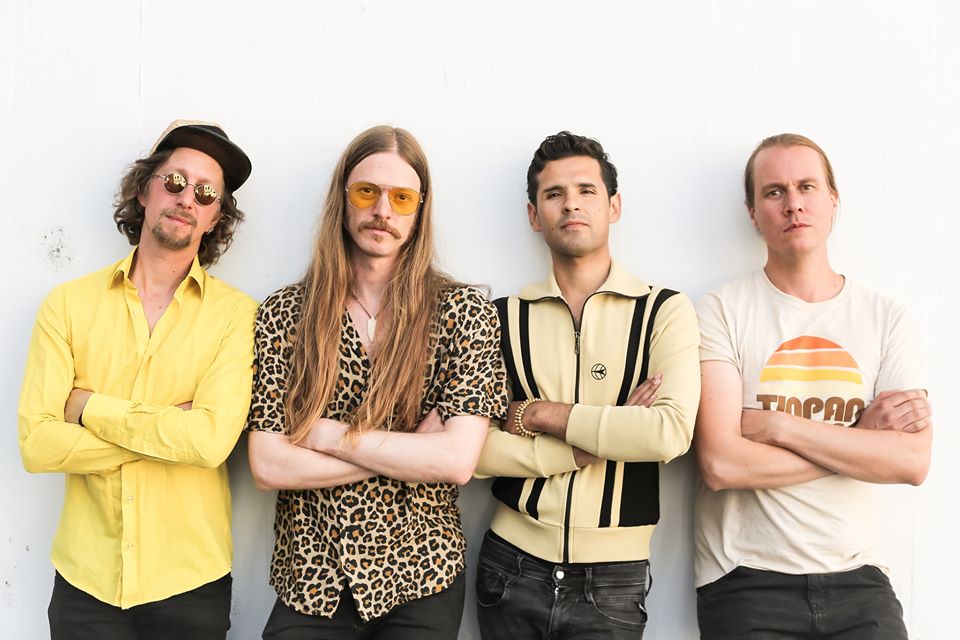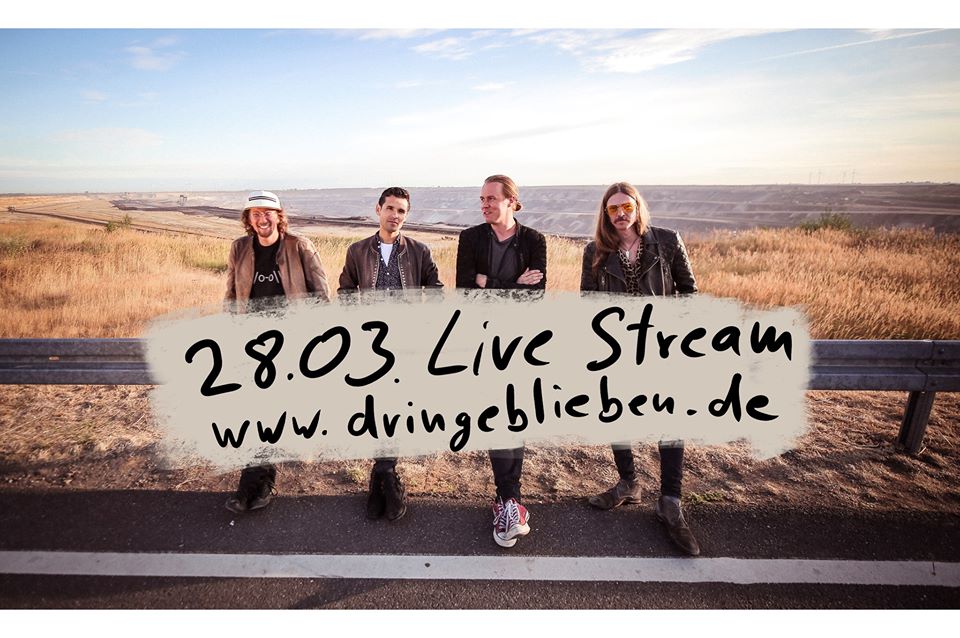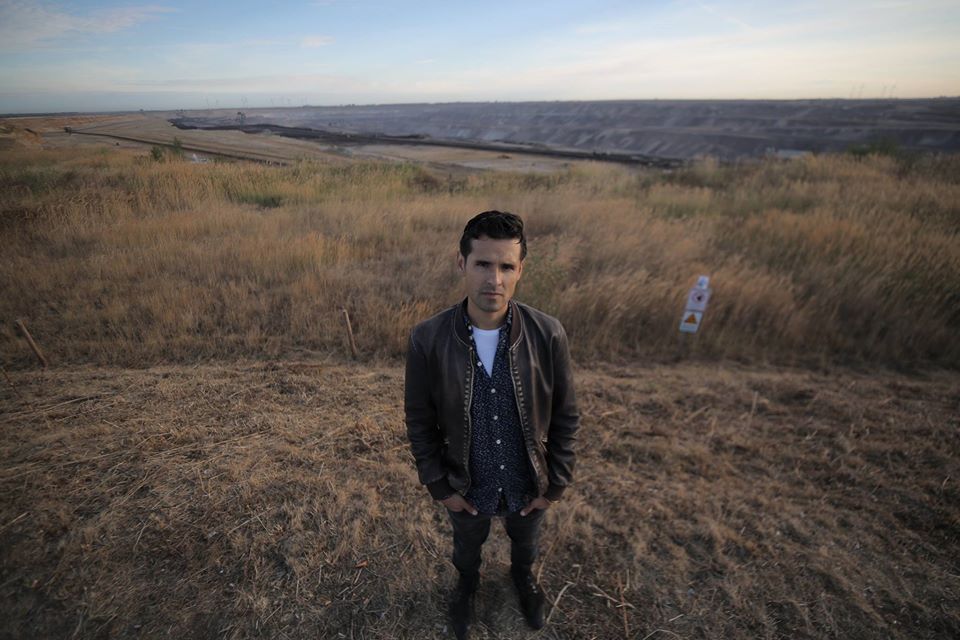Daniel shares his latest thoughts on music and his plans
Unlike other artists I interview in this zine I happen to be friends with Daniel. Our friendship spans almost 30 years going back to our mother country of Peru. Over the years there have been periods where we have lost touch, yet my admiration for his talent as a musician (and as a person) has remained intact. Whilst I was trying to figure out notes on the bass listening to Nirvana songs, Daniel was a rising star in Lima’s music conservatory, which led him to further his studies at the both very prestigious Frankfurt University of Music and Performing Arts and the Cologne University of Music in Germany, a place he has called home for over 20 years. It is there where he has made a name for himself as the flute player for the world-touring jazz fusion band Jin Jim, releasing two LPs: 2015’s Die Ankunft and 2018’s Weiße Schatten; and playing with stablished acts such as: it Paulo Álvares, Dee Dee Bridgewater, Djalma Corrêa, Claudio Puntin, just to name a few. Recently, I had a chance to reconnect with Daniel and asked him to feature in the zine, an offer he kindly accepted.
MY: I often hear people say that a jazz musician can’t play the same three notes in a row, and I reply: “Jazz to me is synonym with improvisation, you can’t stop a player from letting their creativity out!” With that said, you also need some sort of structure when putting together songs. How does the writing process work with your band Jin Jim (consisting of drums, guitar, bass, and a flute) start? Everyone starts playing until there is a groove? Or it is a case of someone bringing an idea for the others to add to? At a given time, does a member “direct” the improvisation to make things fit a format?
DM: Well, we do not write songs together. One of us brings a composition that is already finished and we work with the tune. The melody, harmony and idea for the groove is most of the time already in the composer’s head. Then we play the tune in the way that the composer imagines it and all the band members contribute with ideas for the arrangement. The most difficult part in the process of arranging a new tune is always the sound I think. For example when the other band members writes a melody then do not know really how it will sound with the flute or which flute (I play c-, alto and bassflute) will be the right for the tune. So I have to decide it when I hear the kind of groove and energy that needs the tune. With the improvisation we try always to keep it as free as possible.
MY: In my question above I mentioned improvisation, which I also believe has to do with a surprise factor. I’ve witnessed interactions where for instance a drummer will add new colors to his style to cater to a bass player he hadn’t played with before. I could see it in his face that he had been caught off guard in a good way. After playing in Jin Jim for some years now -and perhaps having a pretty good idea of everyone’s playing- how do you keep the band’s dynamic fun? I had to use the drummer examples as the beats (polyrhythms) in the Jin Jim catalogue are very complex.
DM: I think that we have to secrets to keep the band’s dynamic fun alive. The first one is the music itself that we play. Every tune we play is a big technical and musical challenge for us. We work all the time with complex odd timings (like 13/8, 11/8, 9/4, etc.), that needs a lot of work in order to be able to play it relaxed and confident. The other secret is that we try to keep the improvisation always as open as possible and we try always to surprise us playing live, looking for new ways and ideas in every concert. It is always very impressive to see how much can influence the first solo of a concert or a tune the rest of the band. When one soloist a lot of new things try then the other band members begin to play much more inspired for the rest of the concert.

MY: You have toured Africa over the years, playing in Cameroon, Madagascar, Congo, Angola, Sudan and South Africa. Música Criolla is the local music of where you and I are from, and is heavily influenced by Afro-Peruvian music. While sharing the stage with local acts in your tours of Africa did you sense that you had come to face with the roots of Música Criolla? Tells us about your impression.
DM: It is incredible how strong and deep Afro-Peruvian music has influenced me and my way to play. For example I feel always absolutely comfortable with music in 12/8 or 6/8. That is because the Festejo is played in 12/8 or 6/8. So when I play something in this kind of metric then I have a lot of musical language that I can use without thinking about it. It happens in a very natural and organic way. I cannot say that I have found the roots of our Música Criolla but I certainly found a very strong connection with music from africa and I felt that my connection deeply than the connection of my german colleagues was.
MY: The video you shared with us reads “Solo Project”, and you very impressively ‘reconstruct’ the maestro’s Astor Piazzolla classic Libertango layering beats and textures using a loop machine (WARNING: This zine is not responsible for anyone binging for hours on the masterpiece above). My assessment is that you wage a war against the composition itself by recreating in your own way. Are we going to see more of this in 2020? Although there are metrics that you are aware of, you unleash your imagination (using the term improvisation again would have been tiresome for the readers…) with a very jovial attitude. You’ve been found out!!!! How much fun are you having? Is music about having a good time? Is it always about that for you?
DM: My Solo Project is my newest musical project. I certainly want to play so many gigs as possible with this new project. So far I have three concert-proposals for this year. But with the Coronavirus I do not know if they maybe will be delayed. Music is always about having fun for me. That is the reason why I make music. I have so much fun just practising at home, trying to get a better player and trying to discover new possibilities with my instrument. And playing live is sometimes like taking drugs because of all the energy and adrenaline that we get from the audience.
MY: Finally, you have a classical background and have developed a career in jazz. Tell us how did you come across a loop machine? Who suggested it to you? You can’t hand it a score you’ve written for it to play, how do you approach it? Do you prepare in advance the segments you loop, or you just play on the spot?
DM: This year I was supposed to move with my family (wife and son) to Leipzig. Leipzig is around 500 Km from Bonn where I live now. That would have been a very big change for me. Jin Jim was the only project that had enough structure to survive with me living so far away. So I had to think on new projects in order to survive as a musician. So I started a duo project with the amazing Diego Pinera. He is a drummer from Uruguay that lives in Berlin and I have been working with him since 2018 when I was invited to record 4 tunes for his album Despertando by ACT-music. And I also started to think about trying something alone with flutes, loops and effects. I just wanted to have some projects that I could play with beside Jin Jim. I already used an effect machine (TC-Helicon Voice Live 2) with Jin Jim. But the loop possibilities were very limited and not enough for the ideas that I had in my head. And I went to Berlin last year in august in order to rehearse and record some music with Diego in Duo. We planned DM:three days in Berlin to practice, rehearse and make a promo-video together. But when I was in Berlin I realised that I forgot some cables that I needed to rehearse with Diego. So I went to a very big music store in order to buy that cable that I needed and I came back with a new loop and effect machine (Boss RC-505) for 500 €. And I used it immediately in the duo project and later on my solo project.
Catch Jin Jim and their live web stream from the Blue in Green Recording Studio this March 28th through this link!!


